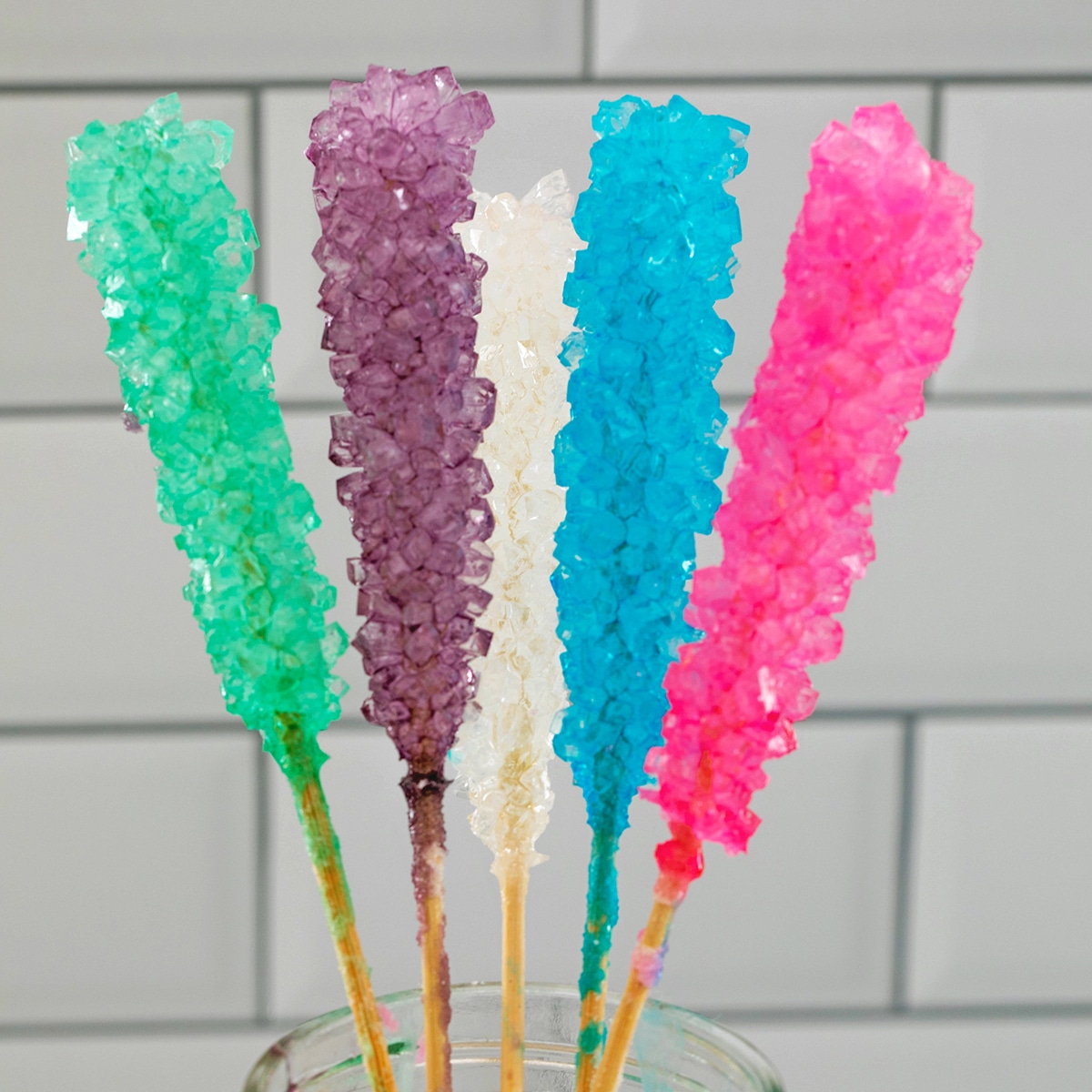A Biased View of I Luv Candi
A Biased View of I Luv Candi
Blog Article
The Ultimate Guide To I Luv Candi
Table of ContentsThe Buzz on I Luv CandiWhat Does I Luv Candi Mean?The 30-Second Trick For I Luv Candi9 Easy Facts About I Luv Candi DescribedThe Best Strategy To Use For I Luv Candi
You can also estimate your own income by using various presumptions with our economic strategy for a sweet shop. Ordinary regular monthly income: $2,000 This kind of candy store is usually a tiny, family-run business, perhaps understood to citizens but not attracting great deals of travelers or passersby. The store could supply an option of typical candies and a few homemade deals with.
The shop doesn't usually carry unusual or expensive items, concentrating rather on inexpensive deals with in order to keep routine sales. Assuming an ordinary costs of $5 per customer and around 400 customers each month, the regular monthly revenue for this sweet store would be approximately. Typical regular monthly revenue: $20,000 This sweet store advantages from its calculated location in an active metropolitan area, bring in a a great deal of customers looking for pleasant indulgences as they go shopping.

In addition to its diverse candy selection, this store could additionally offer associated products like gift baskets, sweet arrangements, and novelty products, supplying numerous revenue streams. The shop's place requires a higher budget plan for rental fee and staffing however leads to greater sales volume. With an approximated typical investing of $10 per client and about 2,000 clients per month, this shop could create.
The Ultimate Guide To I Luv Candi
Found in a significant city and tourist destination, it's a big facility, typically topped multiple floors and potentially component of a national or worldwide chain. The shop offers an enormous selection of sweets, including special and limited-edition products, and product like well-known apparel and accessories. It's not just a store; it's a destination.
The functional expenses for this type of store are substantial due to the location, size, staff, and includes supplied. Thinking a typical purchase of $20 per customer and around 2,500 customers per month, this front runner shop might achieve.
Category Instances of Expenditures Typical Regular Monthly Cost (Array in $) Tips to Lower Costs Lease and Utilities Store rental fee, power, water, gas $1,500 - $3,500 Take into consideration a smaller location, bargain lease, and utilize energy-efficient lighting and devices. Stock Candy, treats, packaging products $2,000 - $5,000 Optimize stock management to lower waste and track prominent items to stay clear of overstocking.
Getting The I Luv Candi To Work
Advertising and Advertising and marketing Printed materials, on the internet ads, promos $500 - $1,500 Emphasis on economical electronic advertising and utilize social media sites systems completely free promo. Insurance coverage Service liability insurance policy $100 - $300 Search for competitive insurance policy prices and consider bundling plans. Tools and Maintenance Sales register, display racks, repair work $200 - $600 Buy pre-owned tools when feasible and perform routine maintenance to prolong tools life-span.

This indicates that the candy store has actually gotten to a factor where it covers all its fixed expenses and begins generating revenue, we call it the breakeven point. Think about an instance of a sweet-shop where the month-to-month fixed costs usually total up to around $10,000. A rough estimate for the breakeven point of a sweet-shop, would certainly after that be about (since it's the total set cost to cover), or selling between with a price series of $2 to $3.33 each.
Top Guidelines Of I Luv Candi
A large, well-located sweet store would undoubtedly have a higher breakeven factor than a small store that does not need much revenue to cover their expenditures. Curious regarding the profitability of your sweet store?
One more threat is competitors from other sweet stores or bigger sellers that might supply a bigger weblink range of products at lower rates (https://ouo.press/Rhao4w). Seasonal variations in need, like a decrease in sales after holidays, can also impact success. Additionally, transforming customer preferences for healthier treats or dietary restrictions can lower the allure of standard candies
Economic declines that reduce consumer costs can influence sweet store sales and success, making it vital for sweet stores to manage their expenditures and adjust to changing market conditions to remain lucrative. These risks are typically included in the SWOT evaluation for a sweet-shop. Gross margins and internet margins are essential signs used to assess the earnings of a candy store organization.
Unknown Facts About I Luv Candi
Basically, it's the profit continuing to be after subtracting costs straight pertaining to the candy supply, such as acquisition costs from distributors, production costs (if the sweets are homemade), and staff wages for those included in production or sales. https://www.wattpad.com/user/iluvcandiau. Internet margin, alternatively, aspects in all the costs the candy shop sustains, including indirect costs like administrative expenditures, advertising and marketing, lease, and taxes
Sweet-shop typically have an average gross margin.For circumstances, if your sweet-shop earns $15,000 each month, your gross revenue would be about 60% x $15,000 = $9,000. Let's illustrate this with an instance. Think about a sweet-shop that sold 1,000 sweet bars, with each bar priced at $2, making the complete profits $2,000 - da bomb australia. Nonetheless, the store sustains expenses such as acquiring the candies, utilities, and wages to buy staff.
Report this page